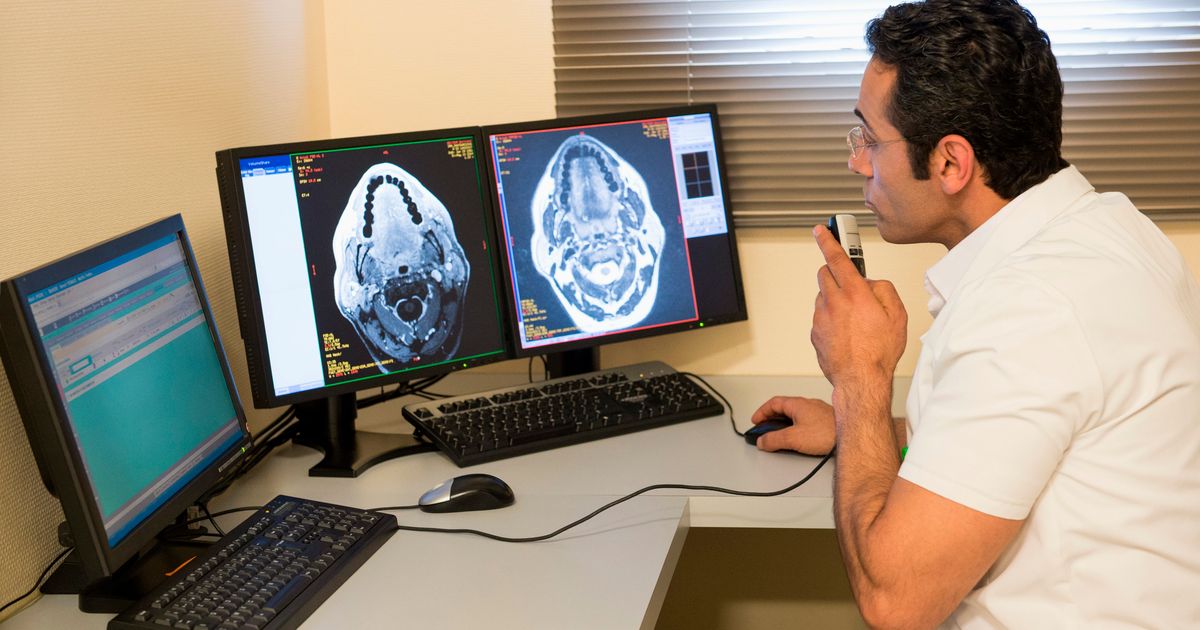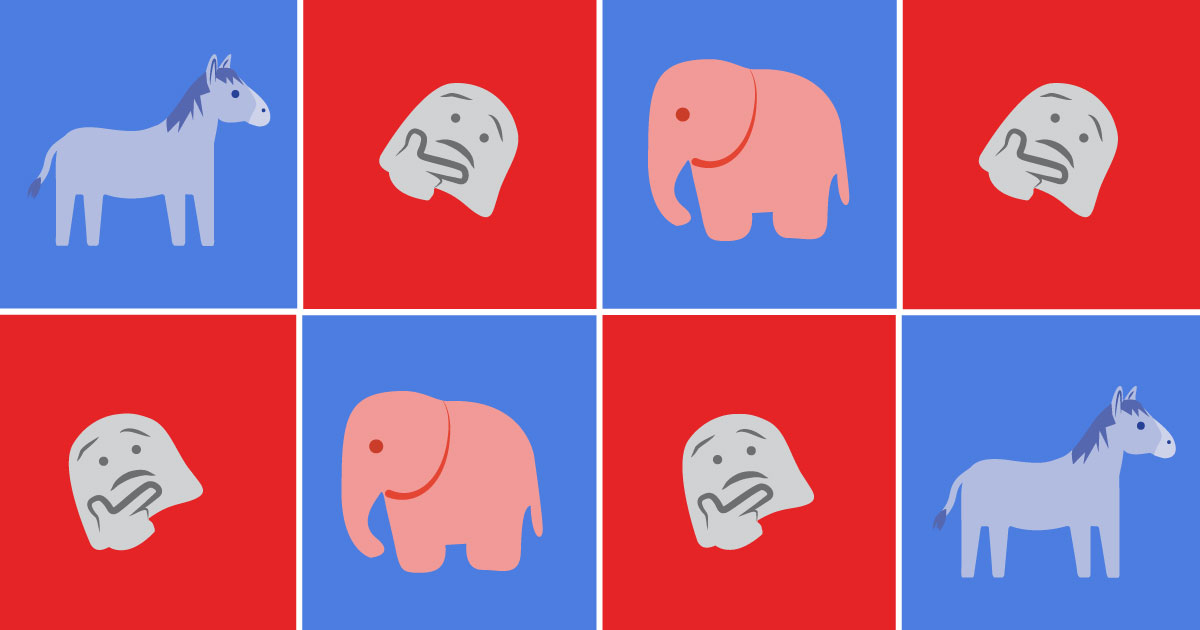
Here's How You Can Plant Feelings In People's Heads, Neuroscientists Show
In other words, they induced feelings where there were none ― and without the study participants even becoming aware of it. But unbeknownst to them, the disk was programmed to react to readings of participants’ brain activity. Later on, all participants ― plus another group, who hadn’t played the disk-growing game ― were asked to rate the neutral faces again. In other words, the participants were changing their own brain activity, not having it changed for them. For example, a person with PTSD might be able to undergo neurofeedback therapy and learn to develop neutral feelings about traumatic memories.
Source: Huffington Post September 12, 2016 19:07 UTC






